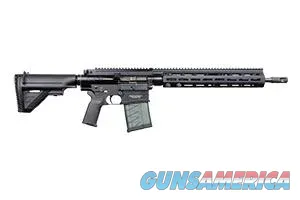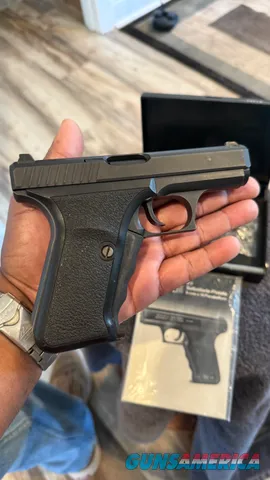Estimated reading time: 8 minutes
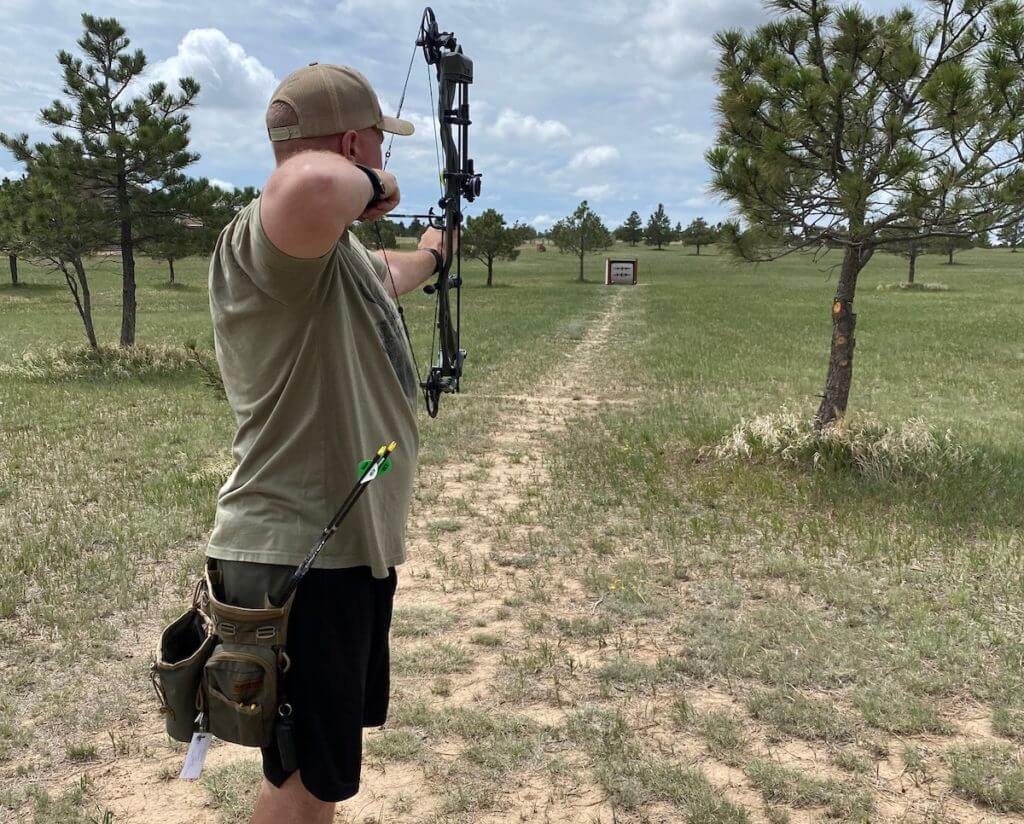
Whenever I speak or pen a word about long-range shooting with archery tackle, I remind everyone that bowhunting is a close-range game. While nothing will boost your accuracy — close and far — like slinging carbon at extended ranges, that doesn’t mean you head to the woods with a long-range attitude.
Of course, as a western bowhunter, my average kill shot range over the past 20 years is likely a tick farther than that of the whitetail-only crowd. Still, I don’t consider a 35-yard average on over 100 western critters far. When bowhunting, the goal should always be to get as close or to bring your target animal as close to your position as possible.
What long-range practice does is it makes those 40-yard-and-in-whitetail shots feel like chip shots, and when you head West, and a velvet-racked muley has his face stuffed in a herbaceous plant at 62 yards, you can draw, anchor, and execute properly.
If you want to boost your long-range bow game, heed these tips and tactics.
Crawl Before You Walk
It’s true that modern-day bows outfitted with top-tier accessories send micro-diameter shafts with remarkable consistency and make us all feel like better shots than we are. Still, the biggest mistake I see archers make is stretching their sight tape to distances of 60, 70, and 80 yards before they’re ready.
Spend time perfecting your craft at 20, 30, and 40 yards. The goal should be to develop a repeatable system that starts with a consistent grip and ends with a surprise release at close ranges. You’re doing things right when you can stand at 20 yards, whether it’s your first arrow of the day or your fiftieth, and hit the spot the size of a golf ball. You’re on the right track when you can do the same at thirty yards and hit the mark the size of a baseball and at 40 yards, an area the size of a grapefruit.
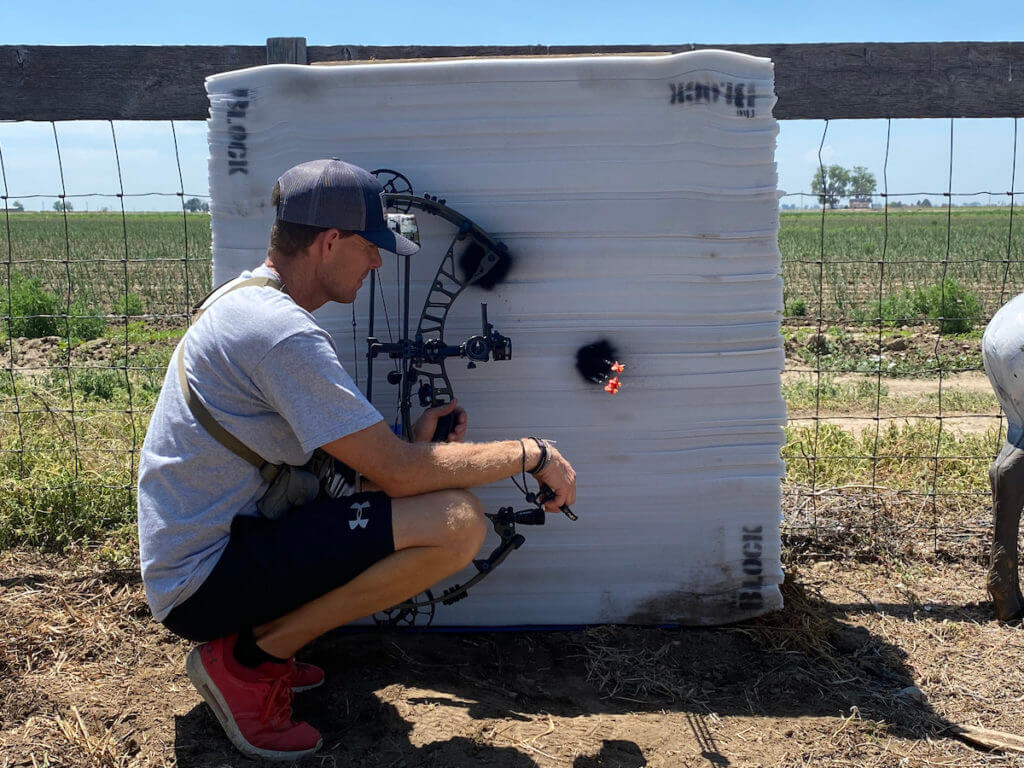
Consistency is critical, and you need to learn to accept pin float at close ranges, as it will be magnified as you step back from the target. The best archer in the world can’t hold their pin dead-still on a target. Instead, the pin bounces around the point of impact like a pinball as the subconscious mind constantly drags it back and forth across the point you visualize the arrow impacting.
Trying to accept pin float at 80 yards before you’ve accepted it at 20 yards is a recipe for target panic and a loss of shooting joy. Don’t fight pin float — accept it — and even when you think you’re off target, the arrow will find its way to the spot.
Is It Ready To Shoot Long Range?
Years ago, I helped a bowhunter who was struggling with long-range shooting. My friend was so frustrated with his inconsistency that he was about to give up on archery.
He shot, and I watched. His form was borderline perfect, which led me to believe his inconsistent accuracy was a tuning issue. I was right. At three yards, his bow was producing a terrible high right tear. After tuning the bow, he started driving tacks.
READ MORE: Setting Up A New Bow: December Archery Deer Hunt in Idaho Part 1 of 3
If your bow isn’t tuned correctly, your execution can be spot on, and you’ll never be as accurate as possible. Take the time to make sure your bow and every single arrow you plan to shoot with are tuned and producing perfect paper tears.
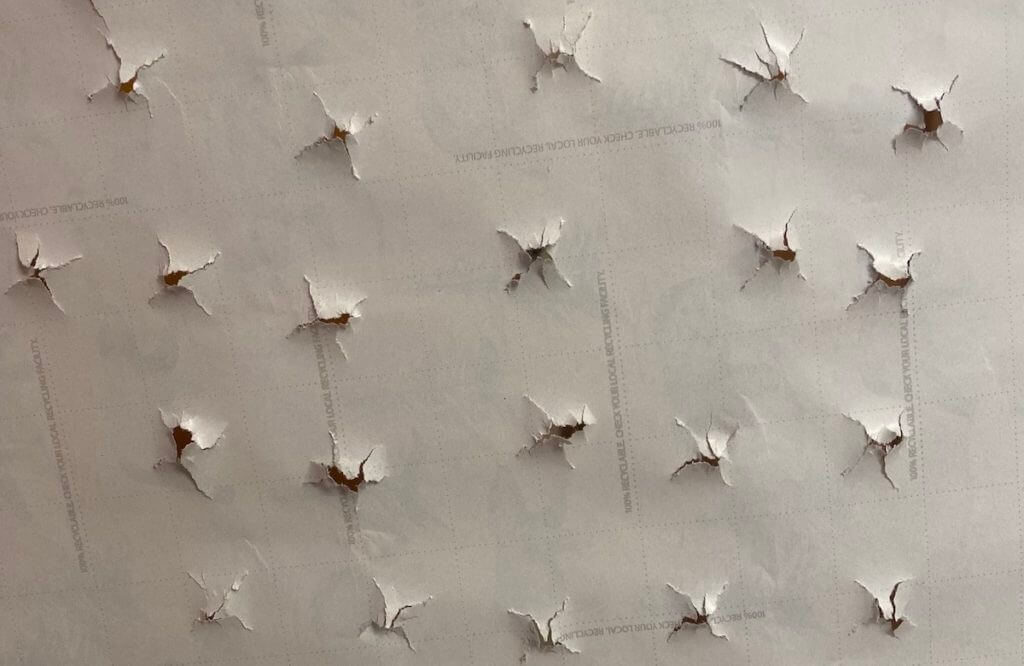
If you’re not an accomplished bow tuner, take your bow and arrows to your local pro shop, and an experienced technician will take you through the process.
Available on GunsAmerica Now
Take Your Time
Most bowhunters planning to shoot beyond 60 yards get a moveable sight. Some opt for a single fixed pin on a vertical plane, while others desire three- or five-pins that come horizontally from the sight’s housing. Others want two pins on a single vertical plane or three separate vertical posts stacked in the sight’s center.
Sight choice is a personal preference, but I recommend a moveable sight that works with a sight tape that allows you to dial to the exact yardage when shooting 60 yards and beyond.
When dialing in your 60-yard mark, most multi-pin moveable sights require a 20- and 60-yard setting to select the correct sight tape.
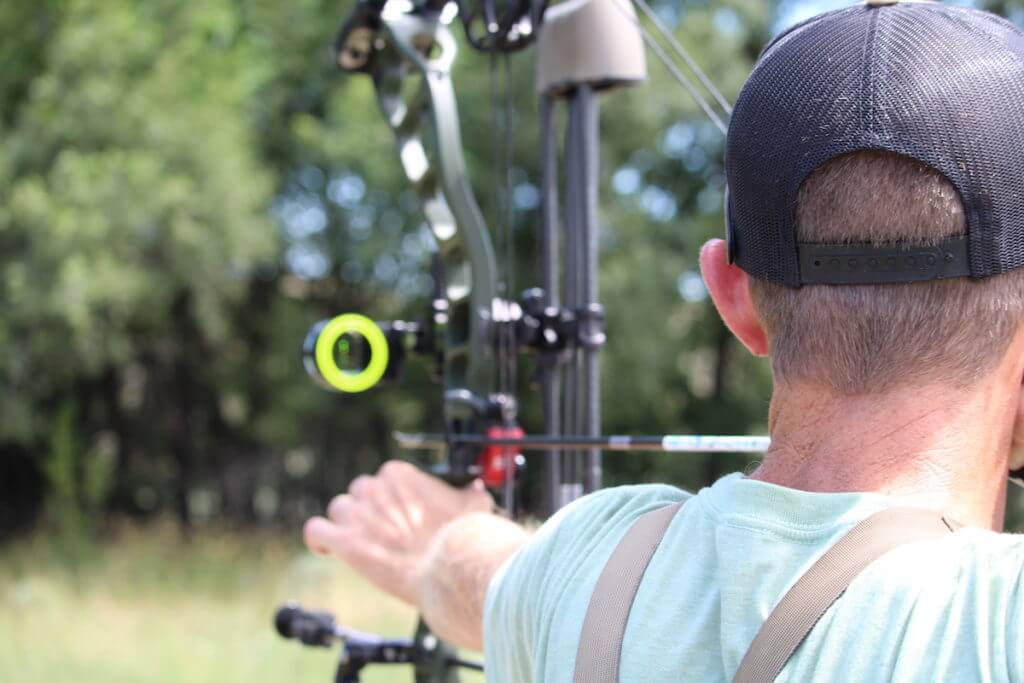
Don’t shoot one good arrow at 60 yards; set your sight, call it good, and select your tape. It would be best to spend several days shooting arrows at 60 yards. When doing this, select an aiming point that is the size of a baseball or less. Aim small, miss small, and when you start stacking three-arrow groups inside a baseball-sized dot at 60 yards, your confidence will soar, and you’ll know that your chosen 60-yard setting is actual.
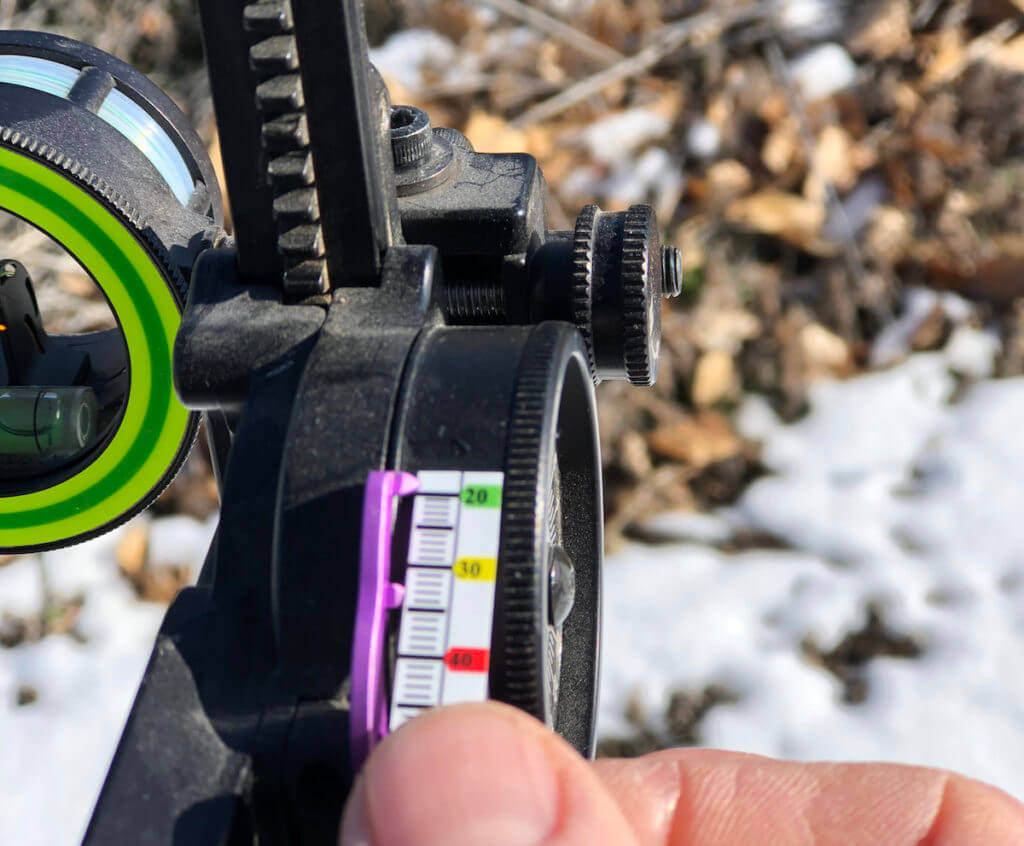
Stay The Course
Shooting a thin piece of carbon through the air and putting it within a reasonable locale of your intended aiming point at any distance beyond 60 yards is challenging. Don’t get frustrated with the process, and if you find yourself rushing your shot or feeling anxious as you increase distance, stop! Rushing leads to frustration, and anxiety leads to target panic. The worst thing you can do if you’re struggling at longer ranges is to keep shooting.
When struggles happen, immediately move to 20 yards, and focus on the system you’ve spent so much time developing. Shooting distance should be fun; nothing about your form or shot system should change. My system is:
- Visualize the arrow impacting the spot
- Address the target
- Get into my grip
- Draw smoothly
- Crawl into a two-part anchor
- Settle my pin
- Whisper the word “execute”
- Push and pull while relaxing my grip and release hand
- Follow through
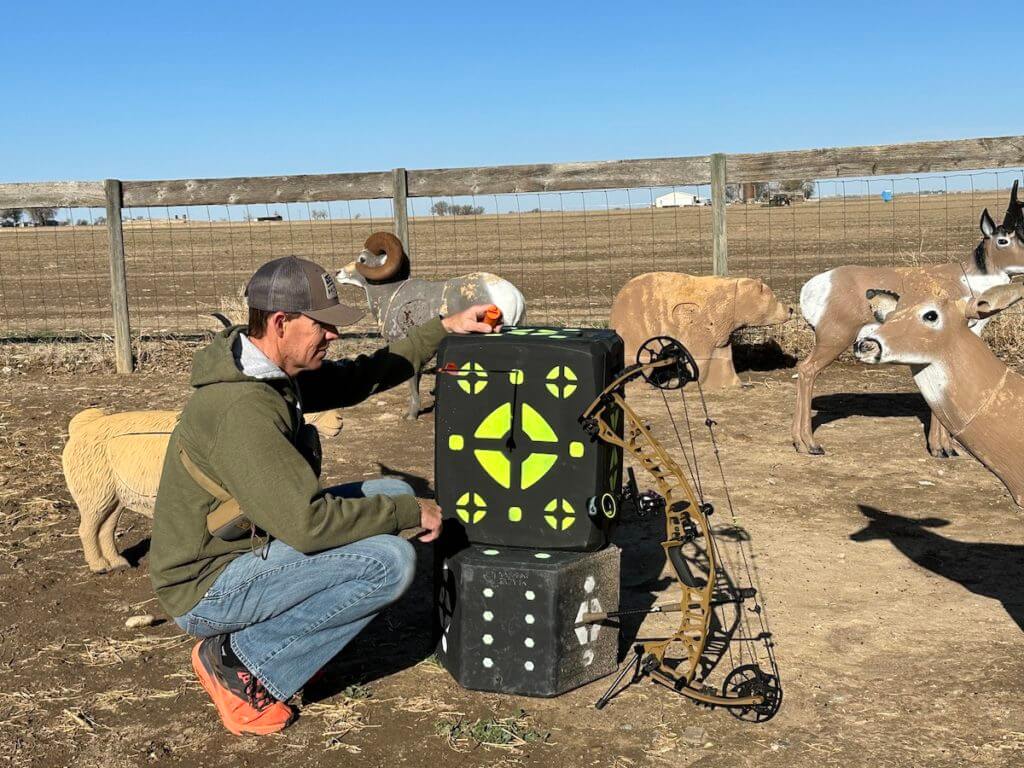
No matter how far I am from the target, this is my system. It is never about how many arrows I shoot in a day but how many perfectly executed arrows I shoot.
Suppose you have a system that works for you and trust it; great. If your system doesn’t work, create one that does, and I highly recommend talking yourself through each part of the shot process. Whispering “execute” audibly is like saying “go.” It lets my mind know that the aiming process has started, and I will keep fighting for the center until the shot breaks.
Double Distance Practice
Levi Morgan, who is arguably the best archer in the world, told me once, “Nothing will help you be a better shooter like double distance practice.”
What did he mean?
Morgan recommends that bowhunters practice regularly at twice their max harvest distance. For example, if 40 yards is the furthest distance you feel comfortable harvesting an animal, you should spend considerable time practicing at 80 yards. If your max harvest distance is 60 yards, you should practice shooting at 120 yards.
I put Morgan’s advice to practice years ago, which has been crucial in honing my accuracy. Today, when an elk turns broadside at 42 yards, I don’t wonder if my Easton will find its mark, I know it will. Long-range practice develops confidence, and you’ll learn much about your gear and what it can do.
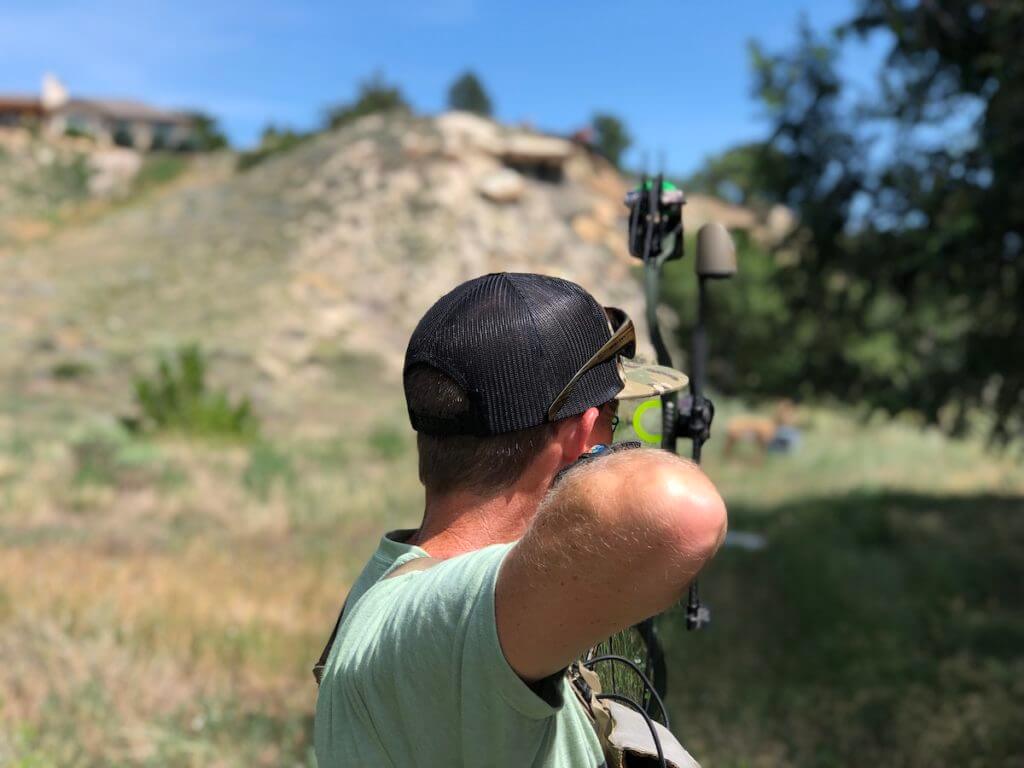
Most long-range shooters eventually get a bow press and get familiar with tuning their bows. They also dive into the arrow spine, front of the center, etc. Creating an accurate and forgiving bow-and-arrow combination is critical to becoming a long-range assassin.
Make Long Range Fun
As you perfect your long-range game, be sure to keep it fun. Shooting games and friendly competitions with friends keep things exciting and boost shooting pressure.
I also like to put a balloon on a target at 100 yards or practice trying to drive a golf tee into a foam target at 70 yards. Again, it’s all about building confidence and becoming the best bow shot you can be.
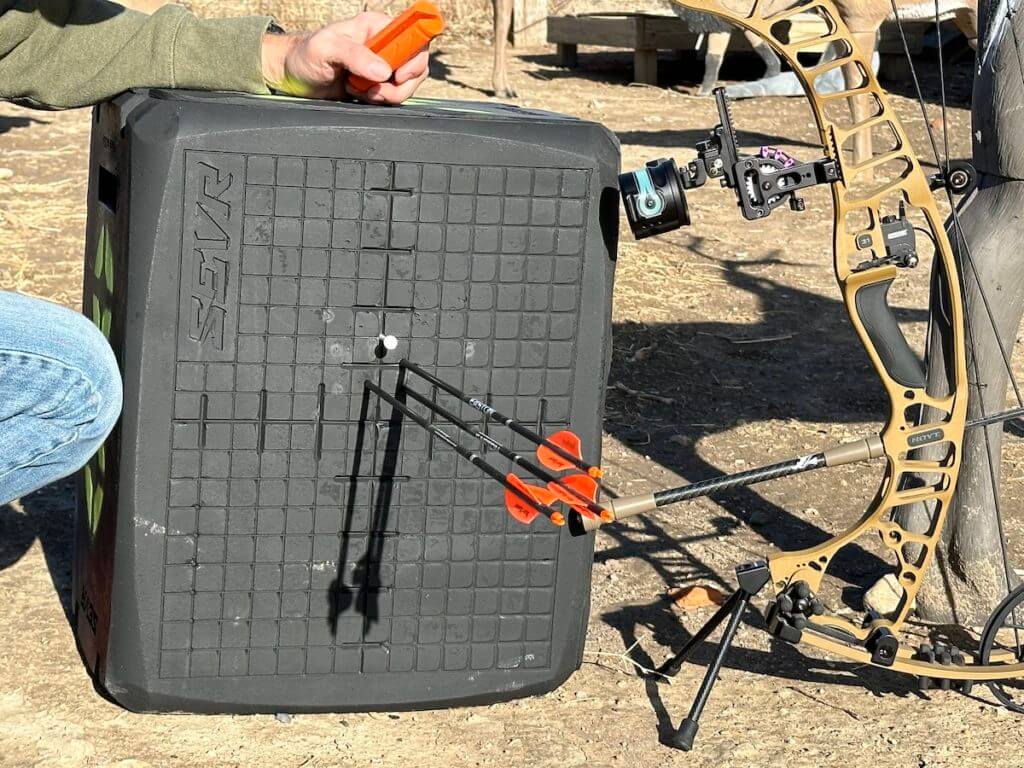
*** Buy and Sell on GunsAmerica! ***




